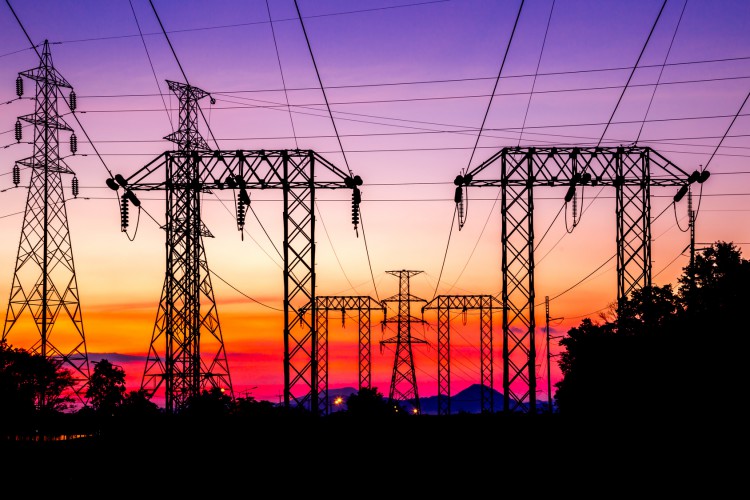Hydro One Inc.'s MAADs Application Re Acquisition of Great Lakes Power Transmission

The Ontario Energy Board issued its decision in respect of the MAADs (Mergers, Acquisitions, Amalgamations and Divestitures) Application by Hydro One ("HONI") on October 13, 2016. Briefly, HONI was seeking approval for the purchase of the voting shares of Great Lakes Power Transmission Inc. ("GLP"), acceptance of a proposed 10-year rate rebasing deferral period with an earnings sharing mechanism and a methodology to calculate GLP's revenue requirement, for 2019 and beyond, during the balance of the rate rebasing deferral period. The decision is consistent with the Board's guidance on applications for approval of electricity utility consolidations as was set out in the Board's Handbook for Electricity Distributor and Transmitter Consolidations issued in January 2016. We wrote about the Board's Handbook in a prior post.
In the HONI/GLP decision, the Board applied its no harm test which involved the Board determining whether, based on an assessment of the cumulative effects of the transaction, there was a positive or neutral effect on the attainment of the Board's statutory objectives. If there was, the Board would approve the Application. One of the Board's key statutory objectives is to protect the interest of consumers with respect to prices and the adequacy, reliability and quality of electricity service.
The Board ultimately determined that the transaction met the no harm test because, in part, it was expected to result in a downward pressure on HONI's and GLP's cost structures. The Board also approved the 10-year rate rebasing deferral period for GLP, with an earnings sharing mechanism ("ESM") consistent with the minimum required by the Board's Report dated March 26, 2015, titled Rate-making Associated with Distributor Consolidation (i.e. the ESM would operate in the last five years of the 10-year rebasing deferral period and earnings 300 basis points and above the approved ROE would be shared 50/50). Given that it was proposed that GLP would operate on a stand-alone basis until at least 2023, the ESM proposed in the application would be based on GLP's audited financial statements, up until the year that amalgamation between HONI and GLP occurred. This was acceptable to the Board.
The Board, however, rejected the applicants' rate-making proposal. Subsequent to the filing of the MAADs application, GLP filed an application for approval of its 2017 and 2018 revenue requirement. It proposed that its revenue requirement, in subsequent years, would be adjusted by an inflation factor which set the productivity and stretch factors at 0%. In rejecting this proposal, the Board stated that rate setting policies associated with consolidation are predicated on the notion that the going-in rates are the rates intended to provide the revenues required, as the starting point to achieve savings, over the deferred rebasing period. The Board also stated, in response to HONI's argument for predictability, that the setting of the price a purchaser is willing to pay should reasonably assume stable rates for 10 years - it does not assume that these rates will be adjusted, either up or down, immediately following the purchase. The Board ultimately determined that GLP could continue with its existing revenue requirement and could bring forward a separate rate application proposing a revenue cap index for the deferral period.
It should be noted that the Board's decision, in respect of the applicants' rate-making proposal, is consistent with the Board's policies, as stated in its Handbook for Electricity Distributor and Transmitter Consolidations. The policy provides that rate setting following consolidation will not be addressed in an application for approval of a consolidation transaction, unless there is a rate proposal that is an integral aspect of a consolidation, e.g. a temporary rate reduction (such as that approved in the Hydro One Acquisition of Norfolk).

